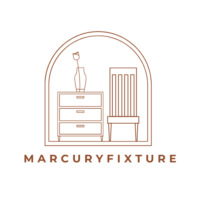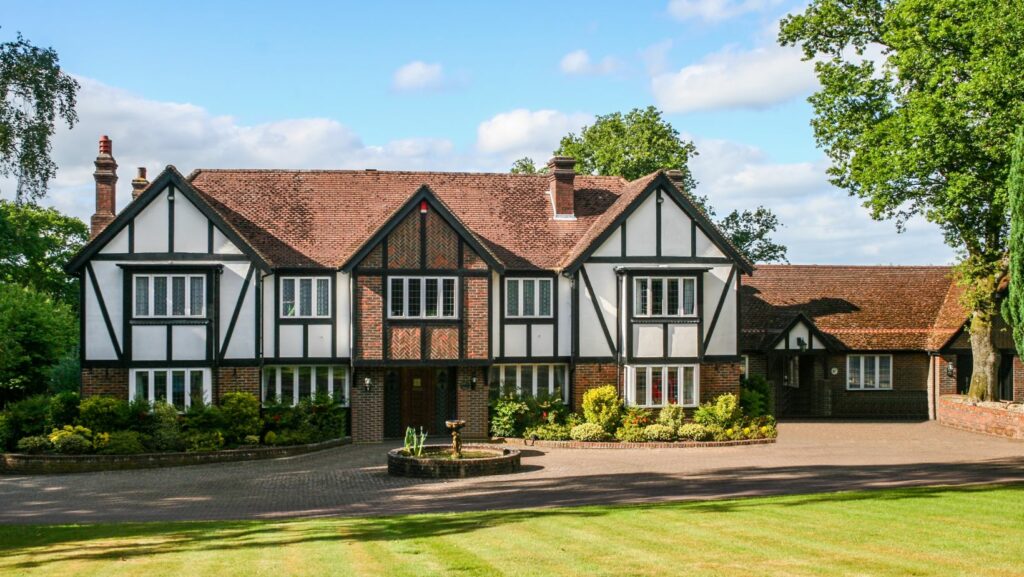In an ever-evolving world, the concept of home improvement isn’t just a local phenomenon anymore. It’s a global trend, transcending borders and cultures, driven by a universal desire to create a comfortable, aesthetically pleasing living space.
From the minimalist designs of Japan to the vibrant colors of Morocco, every culture brings unique elements to the table. As homeowners across the globe seek inspiration from various cultures, they’re not just upgrading their homes; they’re embarking on a journey of cultural exploration.
Global Home Improvement

Global home improvement projects mirror international trends, highlighting cultural accents from various corners of the Earth. Scandinavian minimalism, with its penchant for functional, clean lines, it’s been a popular choice. Other influences include Japanese zen interiors that showcase a love for natural materials, and Moroccan inspired rooms, showcasing vibrant colors and intricate patterns.
In the realm of sustainability, eco-friendly home improvement methods find favor. Energy-efficient appliances, green building materials, and solar panel installations are regularly seen upgrades.
Smart home technology also finds its place, enhancing security and convenience. Integration of IoT devices, like smart thermostats and voice-controlled assistants, has seen a steady growth.
These evolving trends reflect a unified desire: the transformation of living spaces into global sanctuaries, melding the aesthetic with the practical and sustainable. The charm of these global home improvements leans on cultural exploration, blending beauty and functionality in the home space.
Challenges Facing the Global Home Improvement Market
As the home improvement market grows, it grapples with several roadblocks. High costs of remodeling stymie homeowners, who often face budget overruns due to fluctuating material prices. Labor shortages too challenge the industry’s growth, leading to delays and increased costs. While big brands like Home Depot and Lowe’s dominate the market, small independent retailers struggle for visibility and customer reach. Adoption of smart home technology, despite its potential benefits, is limited by consumers’ privacy concerns and technological limitations. The industry-wide shift to sustainable practices also faces resistance due to the higher initial costs, confusing eco-labels, and a lack of consumer awareness. Each of these difficulties positions a unique hurdle for the home improvement market, and its continuous expansion is contingent on successfully maneuvering through them.
Regulatory and Safety Standards

Home improvement activities aren’t just creative decisions. They’re also shaped by regulatory and safety standards, set by governments worldwide, to ensure that renovations and constructions maintain a level of safety and environmental consideration. Various regulations exist on toxic substances, such as regulation on lead-based paint in the United States, ensuring that projects involving such materials follow safe practices. Europe, meanwhile, follows REACH regulations, limiting the usage of certain chemicals in products.
Standards for green construction are becoming mainstream too, linking back to the rising trend of eco-friendly practices in home improvement discussed earlier. Recognizable standards include LEED (Leadership in Energy and Environmental Design) certifications and ENERGY STAR ratings that encourage sustainable, energy-efficient home solutions.
Then there’s the realm of smart home technology. Regulations here focus on crucial aspects like data protection and privacy, a nod to earlier points about consumer privacy concerns in the adoption of this technology. Effective regulation and adherence to these safety standards will significantly influence the future of the global home improvement market.
Future Outlook for Global Home Improvement

The global home improvement scene is evolving at a rapid pace. It’s clear that cultural influences, eco-friendly practices, and smart home technology are shaping the industry. As we move forward, it’s essential to remember the challenges that lie ahead. High remodeling costs, labor shortages, and big brand dominance are hurdles yet to be overcome. Moreover, consumer privacy, technological limitations, and resistance to green practices also pose significant obstacles. However, it’s the industry’s commitment to regulatory and safety standards that will truly define its future. The focus on reducing toxic substances, promoting green construction, and enhancing smart home technology will play a pivotal role in the industry’s growth. With the right approach, the global home improvement industry can indeed overcome these challenges and continue to innovate,



